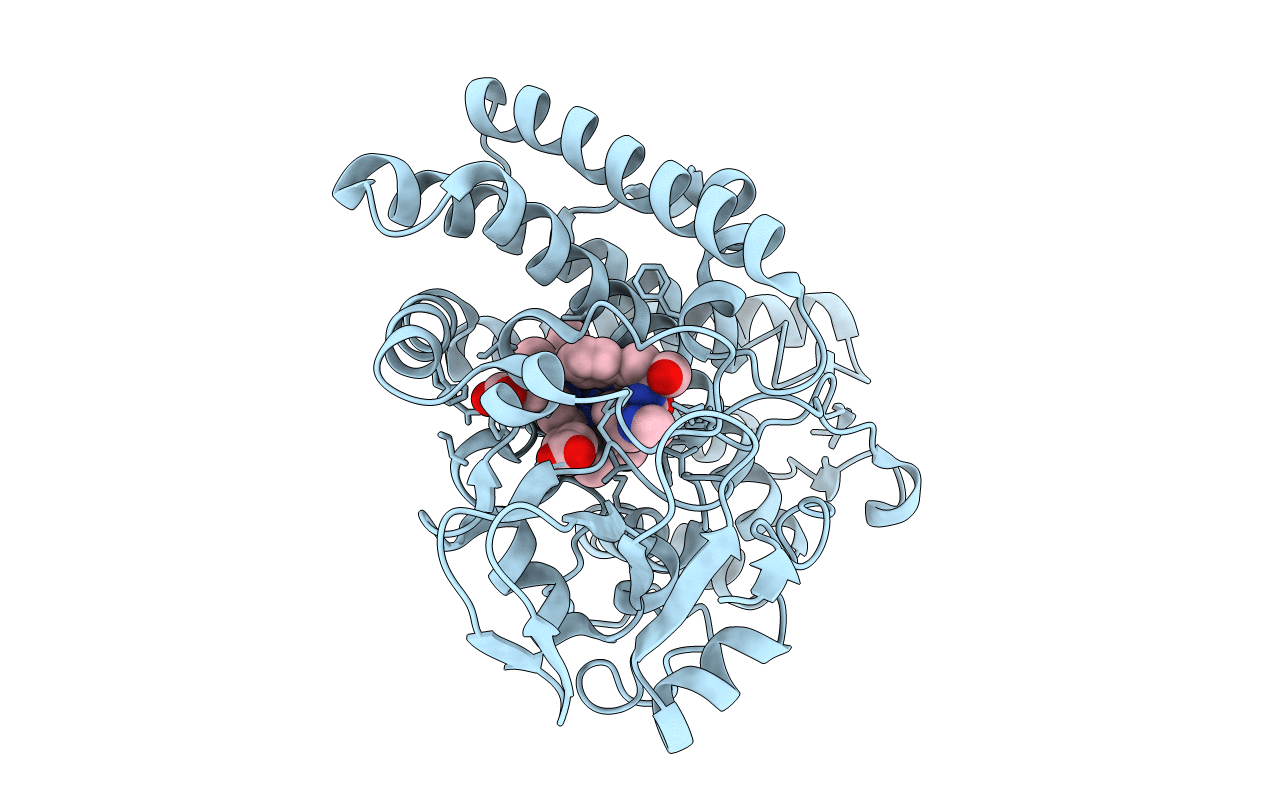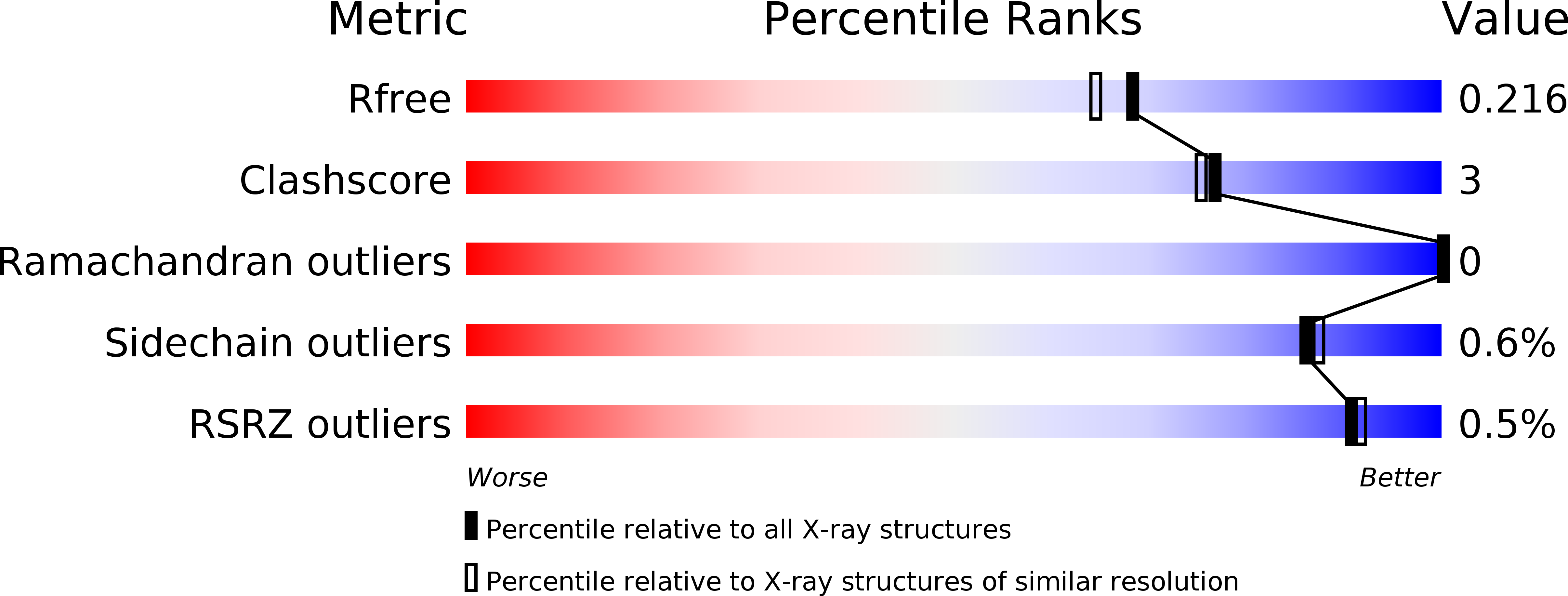
Deposition Date
2019-01-18
Release Date
2019-08-07
Last Version Date
2023-11-22
Entry Detail
Biological Source:
Source Organism:
Streptomyces blastmyceticus (Taxon ID: 68180)
Host Organism:
Method Details:
Experimental Method:
Resolution:
1.90 Å
R-Value Free:
0.21
R-Value Work:
0.17
R-Value Observed:
0.17
Space Group:
P 21 21 21


